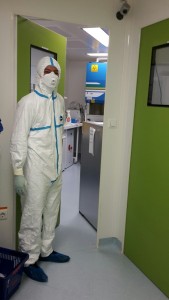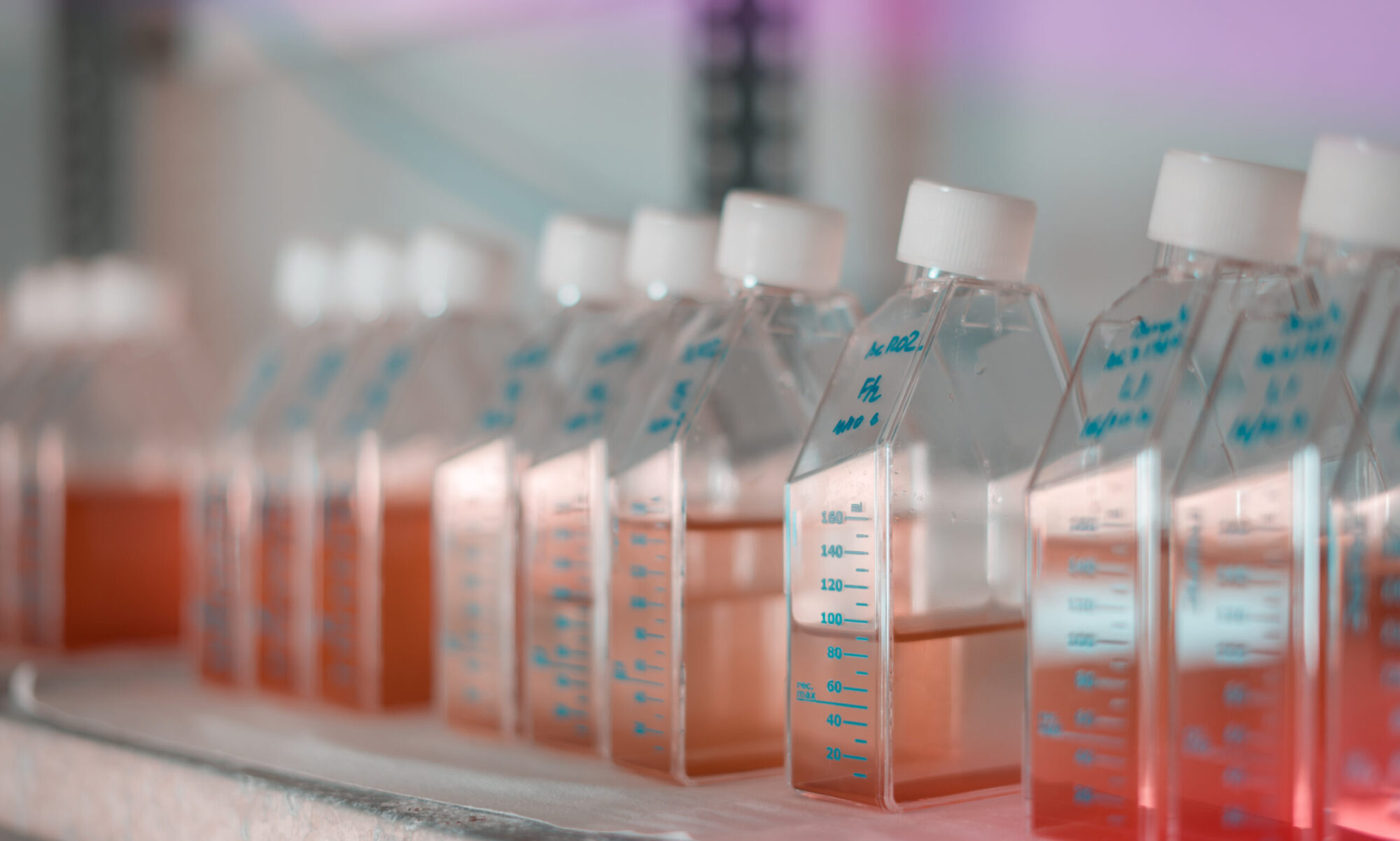| Acronym: INFRAVEC 2  |
Research Infrastructure Program on insect vectors of human and animal disease
|
||
| Principal investigator | Institut Pasteur | ||
| Focal point IPNC | Nicolas Pocquet, | ||
| Collaborators at IPNC | Myrielle Dupont-Rouzeyrol, Olivia O’Connor, Morgane Pol, Sosiasi Kilama | ||
| Other Collaborators | 24 consortium partners (IP, UG, POLOGGB, IRD, IPNC, CUNI, CIRAD, Imperial, IRTA, EMBL, TPI, CAA, Trop IQ, MPIIB, FORTH, RUMC, UNS-FA, UZH, LSTM, IPD, USTTB, HSeT, WU, CNRFP). | ||
| Total budget of project | 10 000 000 € | Budget devoted to IPNC: 78 860 € | |
| Funding | European Commission Horizon 2020 | ||
| Timeline | Start date: March 2017 | End date: 2020 | |
| Context | |||
| Insect vectors transmit parasitic diseases such as malaria and leishmaniasis, and viral infections such as chikungunya, dengue, Zika, Japanese encephalitis and yellow fever. The 24 consortium partners hold the major European biosecure insectaries for experimental infection and containment of insect vectors under Containment Level 2 and 3 (CL2/CL3) conditions, other key insect vector facilities, and include front-line field sites in Africa, the Pacific, and the Americas. | |||
| Objectives | |||
| The Infravec2 project provides research resources and access to key infrastructures for insect vector biology at no cost to the end-user. The goal is to accelerate European research in insect vector biology research, and to develop new vector control measures targeting the greatest threats to human health and animal industries. | |||
| Methods | |||
|
As part of this project, IPNC will provide access to its Level 2+ laboratory for experimental infection with Aedes aegypti, and to provide dead mosquitoes (Ae. aegypti or Culex quinquefasciatus) or eggs of Ae. aegypti. IPNC is also in charge of creating a reference strain of Ae. aegypti whose microbiota will be characterized at the beginning of the breeding and during the generations.
|
|||
| Perspectives | |||
| Infravec2 will improve the exploitation of European vector infrastructures for research and public health, and will develop other innovative methodologies and technologies. | |||
Maldi-tof Leptospire identification
| Maldi-Tof identification of Leptospira spp. | |||
| Principal investigator | Cyrille Goarant | ||
| Focal point IPNC | Dominique Girault, Cyrille Goarant | ||
| Collaborators at IPNC | Roman Thibeaux, Julien Colot | ||
| Other Collaborators | Anna Rettinger, Faculty of Veterinary Medicine, LMU Munich, Germany | ||
| Total budget of project | 1 000 euros | Budget devoted to IPNC : NA | |
| Funding | IPNC | ||
| Timeline | Start date: 2015 | End date: 2018 | |
| Context | |||
| IPNC has implemented MALDI-ToF mass spectrometry for routine identification of bacterial isolates. We aimed to use this system to identify bacteria of the genus Leptospira. | |||
| Objectives | |||
| The objectives were to create a database of mass spectra of reference strains of the genus Leptospira and then to use it to control the identification of strains used for MAT serology as well as unknown isolates. | |||
| Methods | |||
|
A bibliographic review identified 3 teams that had a mass spectra database of Leptospira spp. The corresponding authors of the articles were asked to share their database. Dr. Anna Rettinger (University of Munich) agreed to transmit her reference spectra. We have also created reference spectra of known collection strains belonging to different species. Unknown (patient isolates) or known strains (from the MAT serology panel) were then identified blindly.
|
|||
| Results | |||
|
The preliminary tests made it possible to optimize the technique of preparation of the leptospires for reading their mass spectrum on the Maldi-Tof Bruker. The reference spectra of 57 strains representing all 22 known Leptospira species were created and grouped into a dedicated “research” database. Blind analysis of strains shows very good reliability for species-level identification, but insufficient precision to identify individual strains used as antigens for MAT serology. The strains isolated from patients were properly identified at the species-level with high scores considered as diagnostic. |
|||
| Perspectives | |||
| The reference spectrum of Leptospira venezuelensis (currently being described) will also be created. The transfer of the MALDI-TOF and computer breakdowns slowed down the work. This database will be incremented with novel species and used to identify unknown isolates. Threshold scores for species identification will be determined. | |||
| Valorisation | |||
| These data should be included in a draft publication on the identification of leptospires. | |||
Leptospira survival in water
| The survival of pathogenic leptospires in nutrient-poor water: towards a better understanding of the environmental reservoir of leptospirosis | |||
| Principal investigator | Emilie Bierque | ||
| Focal point IPNC | Emilie Bierque, Cyrille Goarant | ||
| Collaborators at IPNC | Marie-Estelle Soupé-Gilbert, Sophie Geroult | ||
| Total budget of project | 8 300 euros | Budget devoted to IPNC: NA | |
| Funding | IPNC | ||
| Timeline | Start date: 2016 | End date:2018 | |
| Context | |||
| The transmission of leptospirosis to humans occurs via exposure to virulent leptospires through contact with urine or tissues of infected animals, most often indirectly via a hydrotelluric reservoir. However, the factors determining the survival of pathogenic leptospires in the environment remain very poorly known. | |||
| Objectives | |||
| The objective is to describe the survival of leptospires in waters of different mineral compositions. | |||
| Methods | |||
| We used 0.1µm filter-sterilized water to study the effect of the ionic composition of the waters without the complex interactions that could occur in a complex microbiota and prevent precipitation of salts, which would occur during autoclaving. Waters were dispensed into 50-mL plastic culture flasks with 2 sterile glass slides to assess the adhesion of leptospires and observe possible morphological changes. Leptospires were seeded in each flask at a final concentration of 106 Leptospires / mL. The culture flasks were incubated at 30 ° C in the dark. After various incubation times, individual flasks are used to assess leptospiral counts, viability, cultivability and virulence, for a maximum of 2 years. | |||
| Results | |||
| After 12 months of experimentation, results reveal different survival rates depending on water, observed from 30 days post-incubation on. We noticed different outcomes between Leptospira strains only for the most mineralized water. Two waters appear to allow a better survival for 3 of the 4 Leptospira strains studied. Furthermore, the most mineralized water seems to become supportive for the survival of one of the strains after one year of experimentation. The 3 strains remain alive and virulent (for pathogenic ones) during at least 9 months in water while the forth strain died after only 2 days. Microscopic techniques allow observing cell aggregates formation as of 60 days post-incubation for pathogens and as early as 2 days for the saprophytic stain. | |||
| Prospects | |||
| Our study will help identify the ionic composition of the water that favours or compromise the survival of leptospires and thus acquire important data on the survival and maintenance of virulence of leptospires in nutrient-poor conditions. | |||
| Valorisation | |||
|
Mélanie Faure, L2 student at University of New Caledonia made a 2-month training period on this subject. Bierque E, Soupé-Gilbert ME, Geroult S, Thibeaux R and Goarant C. Leptospira survival in freshwater microcosms. Poster at the ILS conference, Palmerston North, NZ, November 2017. |
|||

